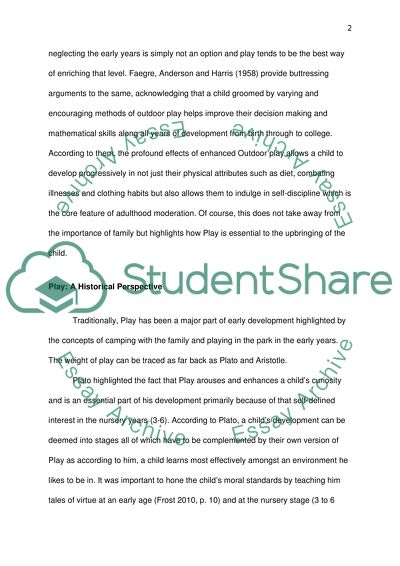Cite this document
(“Exploring the Use of Outdoor Play to Support Children's Development in Essay”, n.d.)
Retrieved from https://studentshare.org/education/1432507-exploring-the-use-of-outdoor-play-to-support
Retrieved from https://studentshare.org/education/1432507-exploring-the-use-of-outdoor-play-to-support
(Exploring the Use of Outdoor Play to Support Children'S Development in Essay)
https://studentshare.org/education/1432507-exploring-the-use-of-outdoor-play-to-support.
https://studentshare.org/education/1432507-exploring-the-use-of-outdoor-play-to-support.
“Exploring the Use of Outdoor Play to Support Children'S Development in Essay”, n.d. https://studentshare.org/education/1432507-exploring-the-use-of-outdoor-play-to-support.


